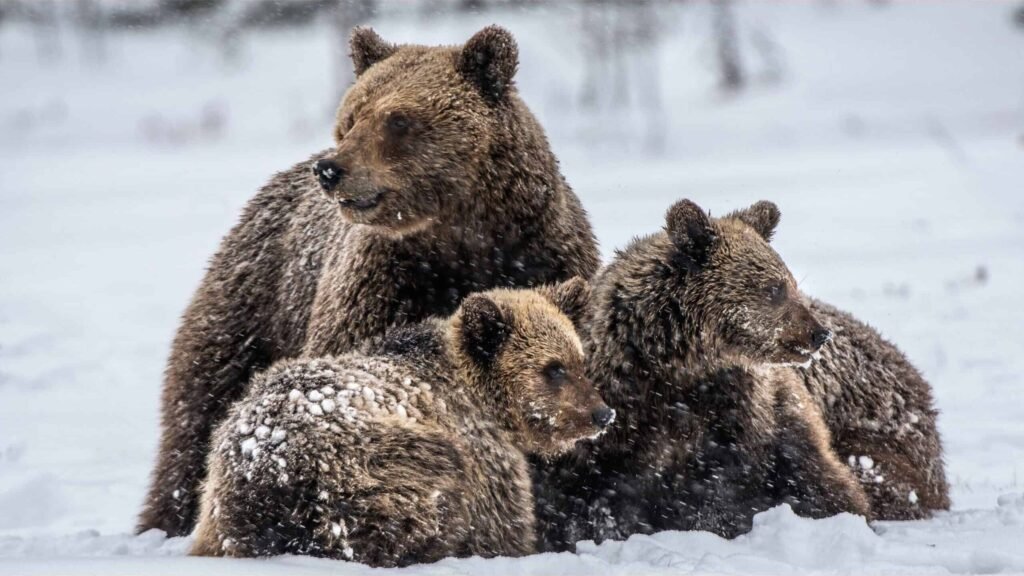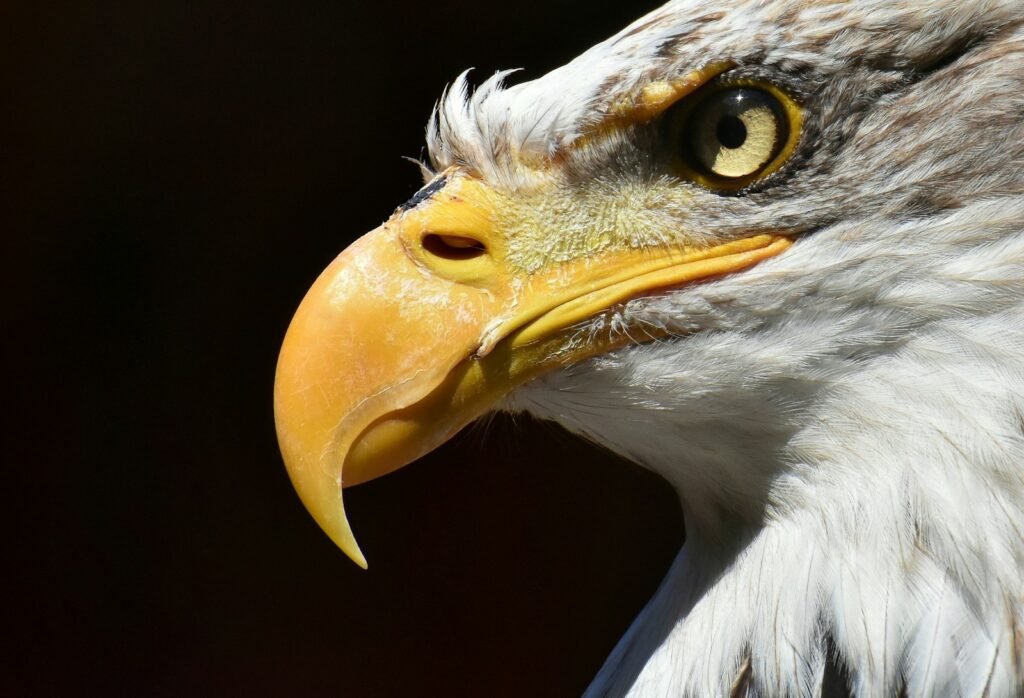The United States is home to a vast array of wildlife, from majestic bears and elusive mountain lions to venomous snakes and cunning alligators. While exploring the great outdoors can be a thrilling experience, encountering these creatures can quickly turn perilous if you’re unprepared. Understanding how to react when faced with a potentially dangerous animal is crucial for ensuring your safety and that of the animal. This guide offers practical advice on what to do if you find yourself in such a situation, blending scientific insights with real-world examples to equip you with the knowledge needed to navigate these encounters.
Understanding Animal Behavior
To effectively manage encounters with dangerous animals, it’s essential to first understand their behavior. Most wild animals are not aggressive by nature and usually only attack when they feel threatened or cornered. For example, bears typically avoid human contact and will often flee when they hear or smell people approaching. Understanding this can help you remain calm and act appropriately. It’s crucial to remember that animals have evolved specific behaviors to survive in their environments, and recognizing these patterns can be the key to avoiding conflict.
Recognizing Bear Territory
Bears are one of the most feared animals in the USA, and for good reason. However, they are also fascinating creatures that play an essential role in their ecosystems. When hiking in bear country, be aware of signs of bear activity, such as tracks, scat, or claw marks on trees. If you stumble upon these signs, it’s wise to make noise to alert bears of your presence, giving them ample opportunity to avoid you. Carrying bear spray is also recommended as a last resort measure. Remember, the goal is to avoid confrontation entirely by respecting bear territory and maintaining a safe distance.
Encountering Mountain Lions
Mountain lions, also known as cougars or pumas, are elusive predators that are rarely seen by humans, despite their widespread presence across the western United States. If you encounter one, do not run; instead, maintain eye contact and slowly back away while making yourself appear larger by raising your arms or opening your jacket. Mountain lions are more likely to attack if they perceive you as prey, so avoid crouching or turning your back. By demonstrating confidence and maintaining a calm demeanor, you can often dissuade a mountain lion from approaching.
Dealing with Venomous Snakes
Venomous snakes, such as rattlesnakes, cottonmouths, and copperheads, can be found in various habitats across the USA. When hiking or camping, remain vigilant and watch where you step, particularly in rocky or wooded areas. If you hear the distinctive rattle of a snake, freeze and visually locate the snake before slowly retreating. It’s crucial to give snakes a wide berth, as they will typically only strike if they feel threatened. Familiarizing yourself with the appearance and behavior of local snake species can help you identify and avoid potentially dangerous encounters.
Staying Safe Around Alligators

Alligators are common in the southeastern United States, particularly in states like Florida and Louisiana. When in alligator territory, it’s essential to stay at least 60 feet away from the water’s edge, as these reptiles can launch themselves with surprising speed. Never feed alligators, as this can cause them to associate humans with food and become more aggressive. If you find yourself being pursued by an alligator, run in a straight line – despite popular myths, zigzagging is unnecessary and may slow you down. By respecting alligator habitats and maintaining a safe distance, you can enjoy these fascinating creatures from afar.
Handling Wolf Encounters

While wolf attacks on humans are extremely rare, these intelligent predators can be encountered in the wild, particularly in the northern states. If you come across a wolf, avoid making direct eye contact, as this can be perceived as a threat. Instead, speak firmly and calmly while slowly backing away. Wolves are pack animals, so if you see one, there may be others nearby. Avoid running, as this may trigger a chase response. By remaining calm and assertive, you can often defuse a potentially dangerous situation with wolves.
Confronting Coyotes
Coyotes are adaptable animals that thrive in both rural and urban environments. If you encounter a coyote, make yourself appear larger by waving your arms and making loud noises to scare it away. Coyotes are naturally wary of humans, and these actions will often be enough to send them running. However, if a coyote approaches in a populated area, it’s essential to report the sighting to local wildlife authorities, as this behavior can indicate a loss of fear towards humans, posing a risk to both people and pets.
Reacting to Moose Aggression
Moose are the largest members of the deer family and can be found in northern states. Despite their seemingly docile appearance, moose can be highly aggressive, especially during the rutting season or when protecting their young. If a moose charges, the best course of action is to run and put a solid object, like a tree or a large rock, between you and the animal. Moose are unlikely to pursue you over a long distance, so creating space and finding cover is key to avoiding injury.
Managing Bison Encounters
Bison are iconic symbols of the American West and can be encountered in national parks like Yellowstone. Despite their lumbering appearance, bison can run at speeds of up to 35 mph and can be unpredictable if provoked. Maintain a distance of at least 100 yards from bison, and never attempt to approach or feed them. If a bison charges, try to get out of its path and find cover behind a sturdy object. Respecting these majestic animals and observing them from a safe distance is crucial for both your safety and their conservation.
Conclusion
Navigating encounters with dangerous animals in the USA requires a blend of knowledge, respect, and preparedness. By understanding animal behavior and recognizing the signs of their presence, you can minimize the risk of conflict and enjoy the beauty of nature safely. Remember that most animals are not inherently aggressive and will often choose to avoid humans if given the opportunity. Equipping yourself with the right tools and strategies ensures that both you and the wildlife you encounter can coexist peacefully, preserving the natural world for generations to come.




